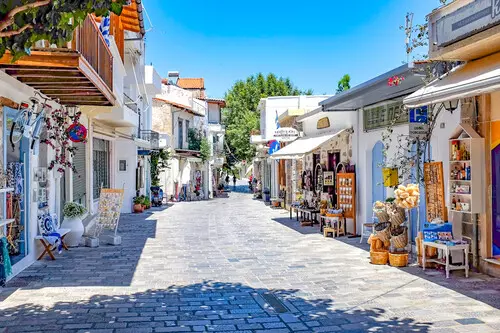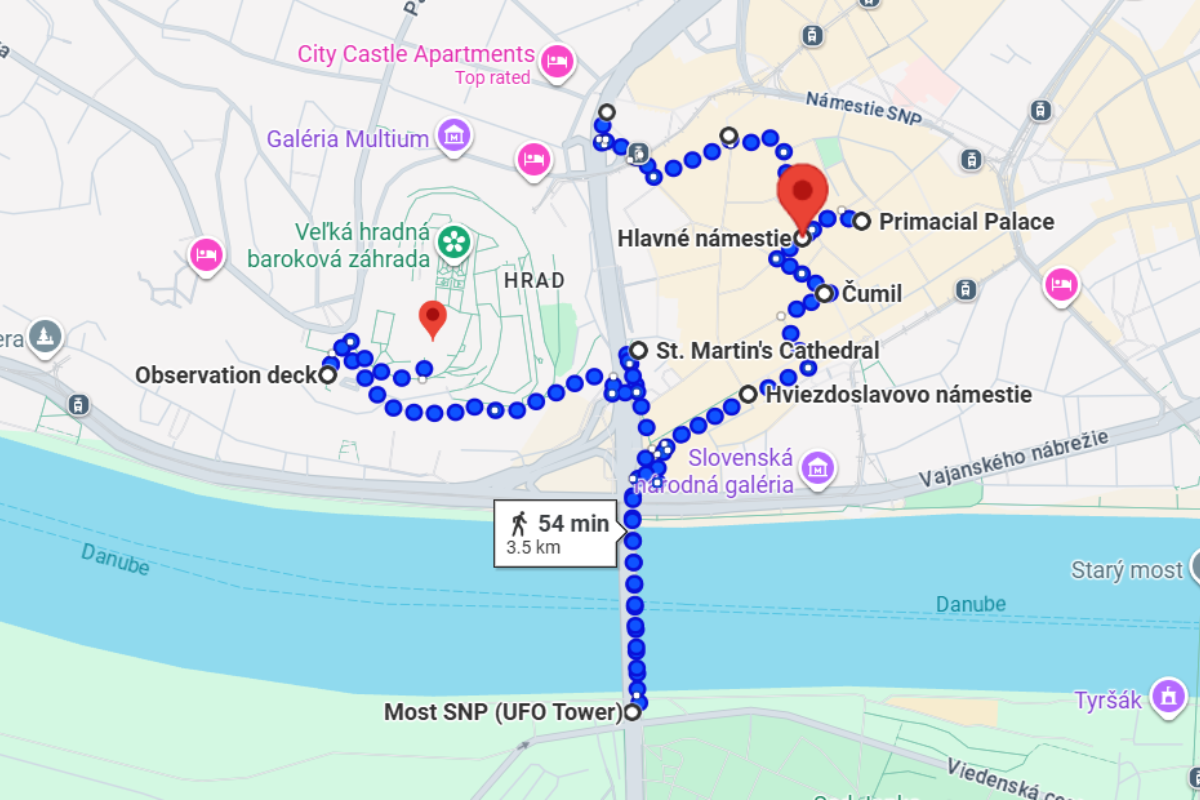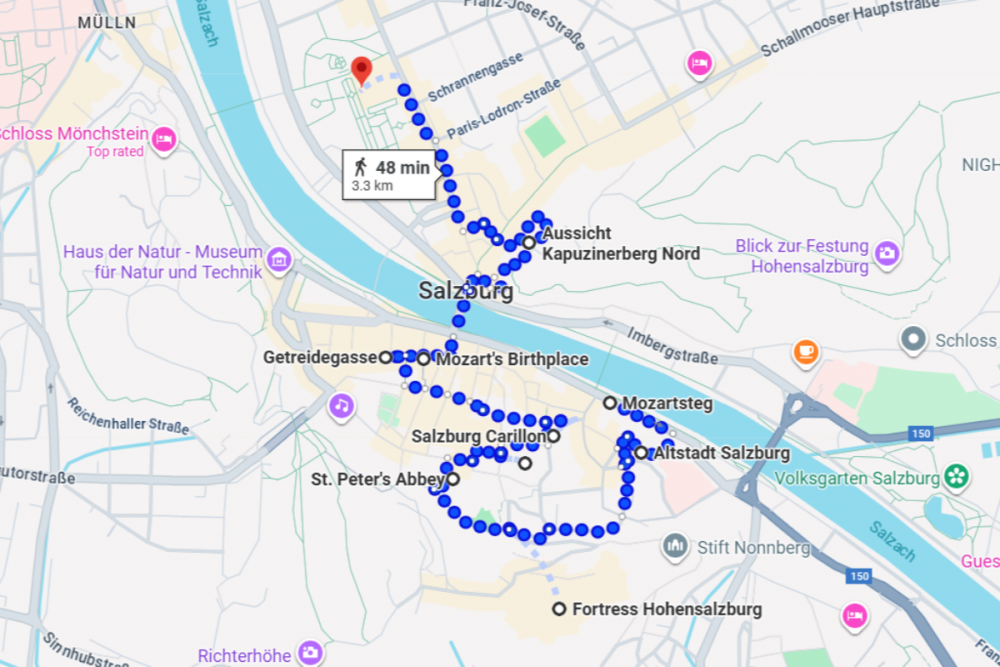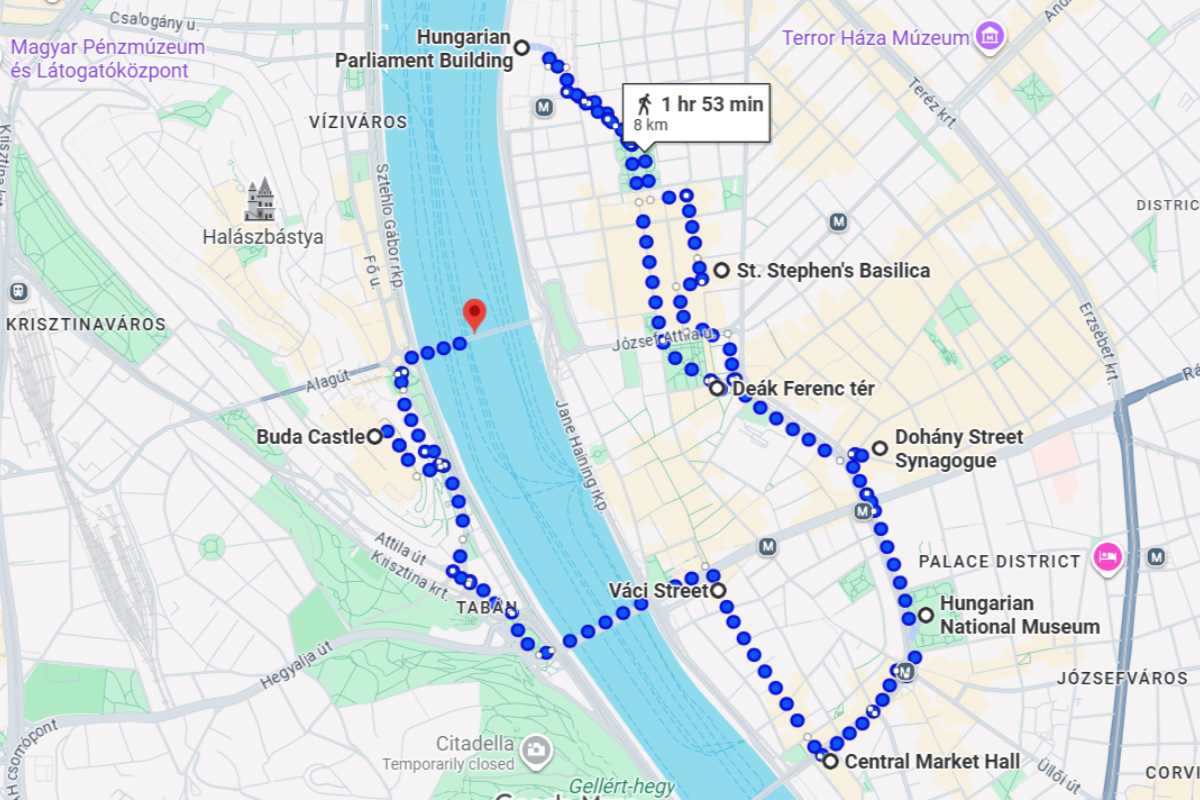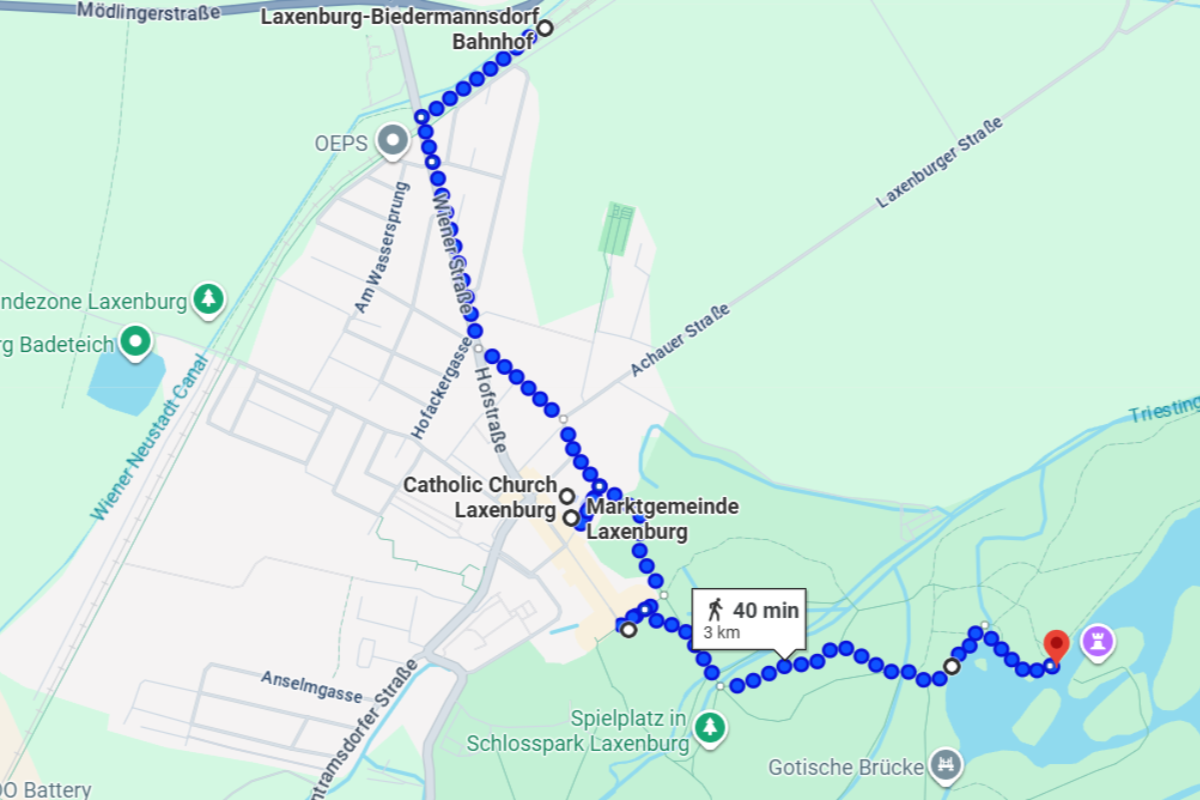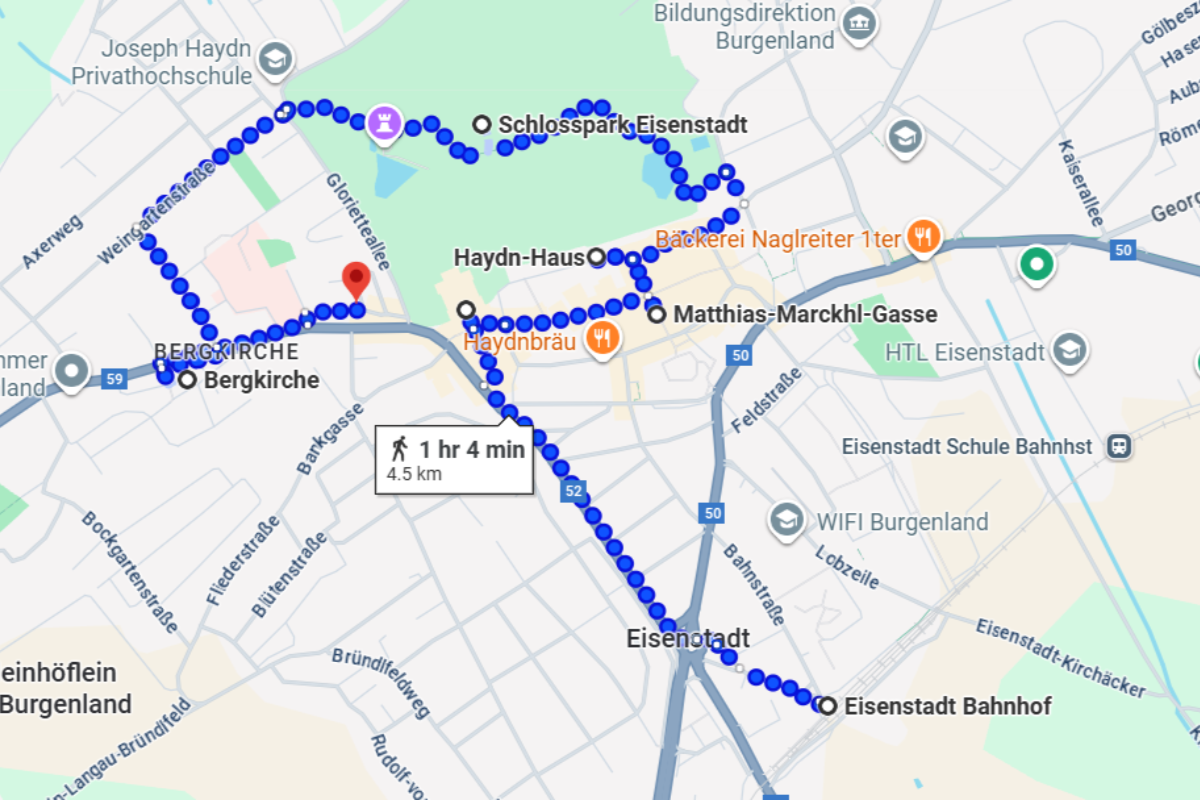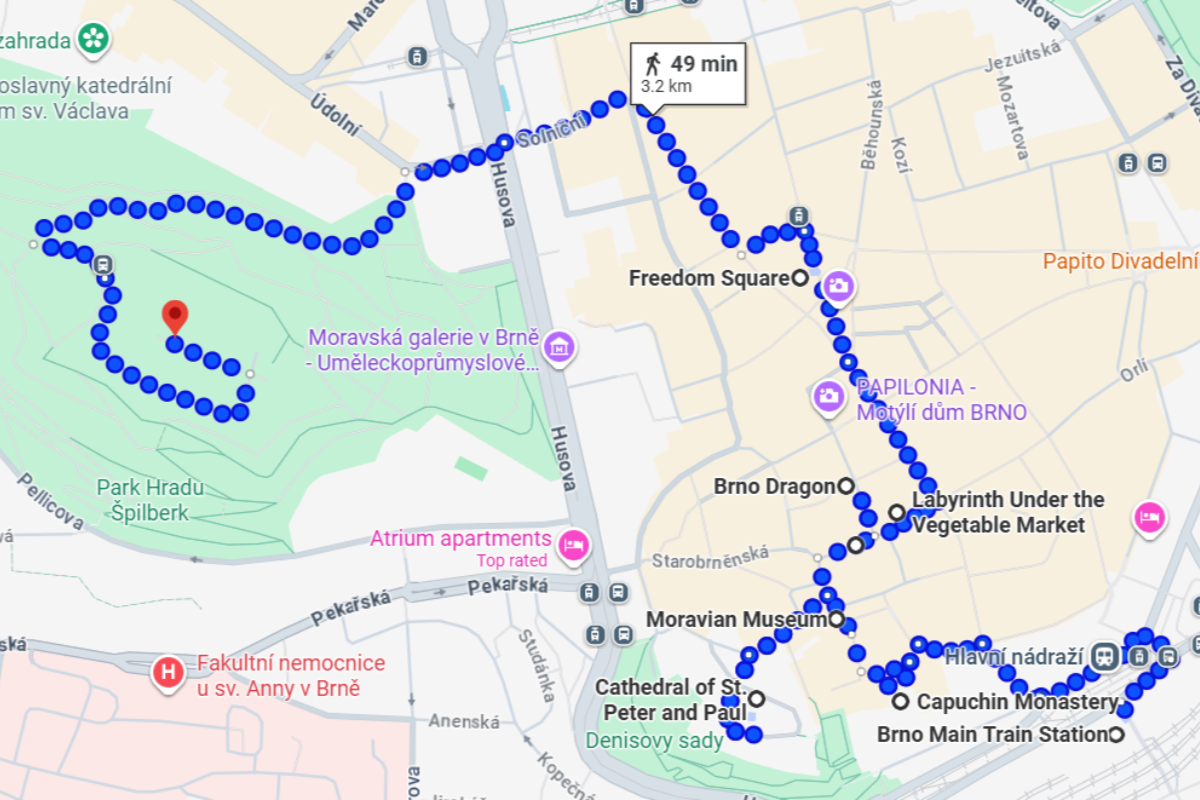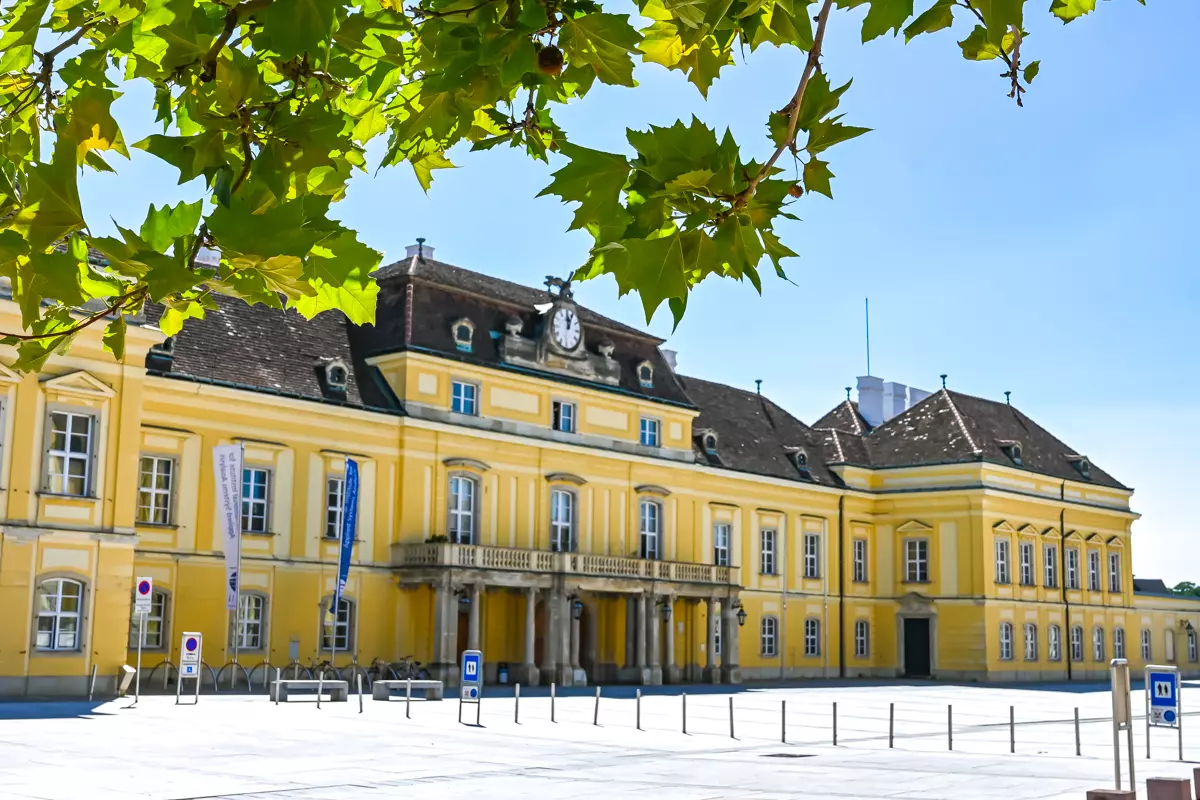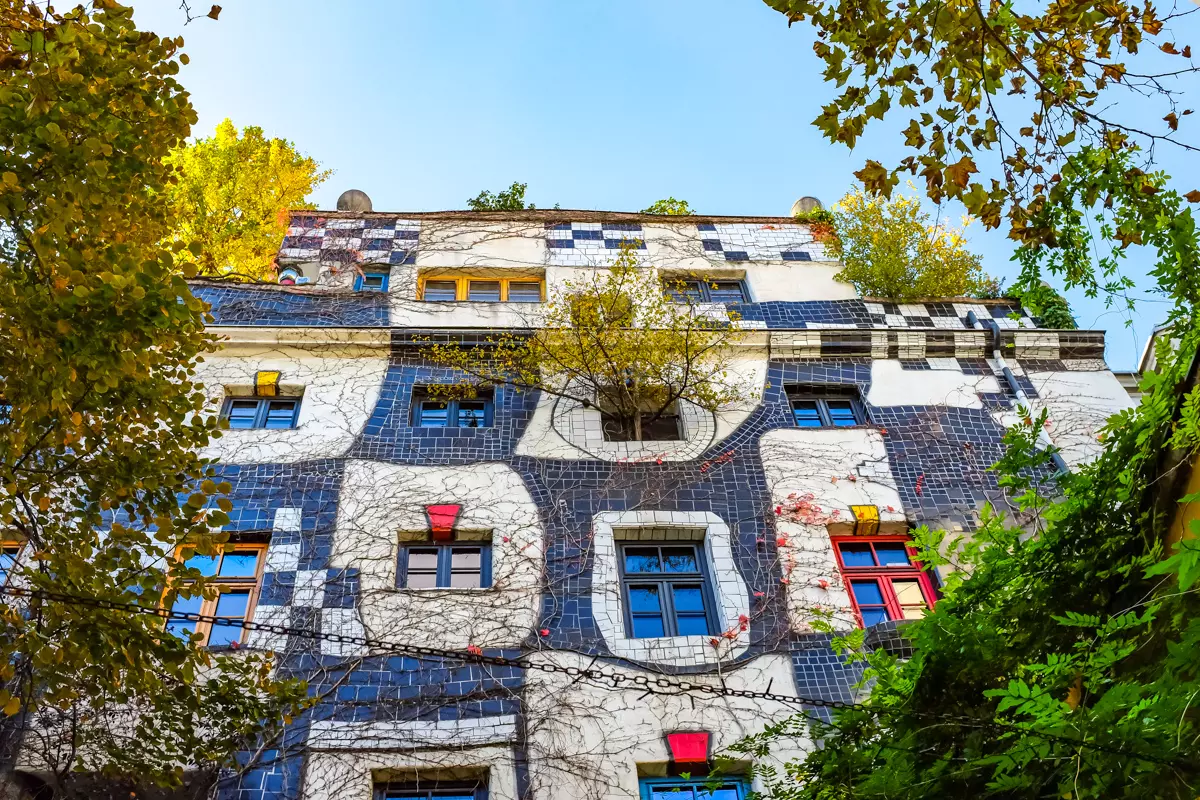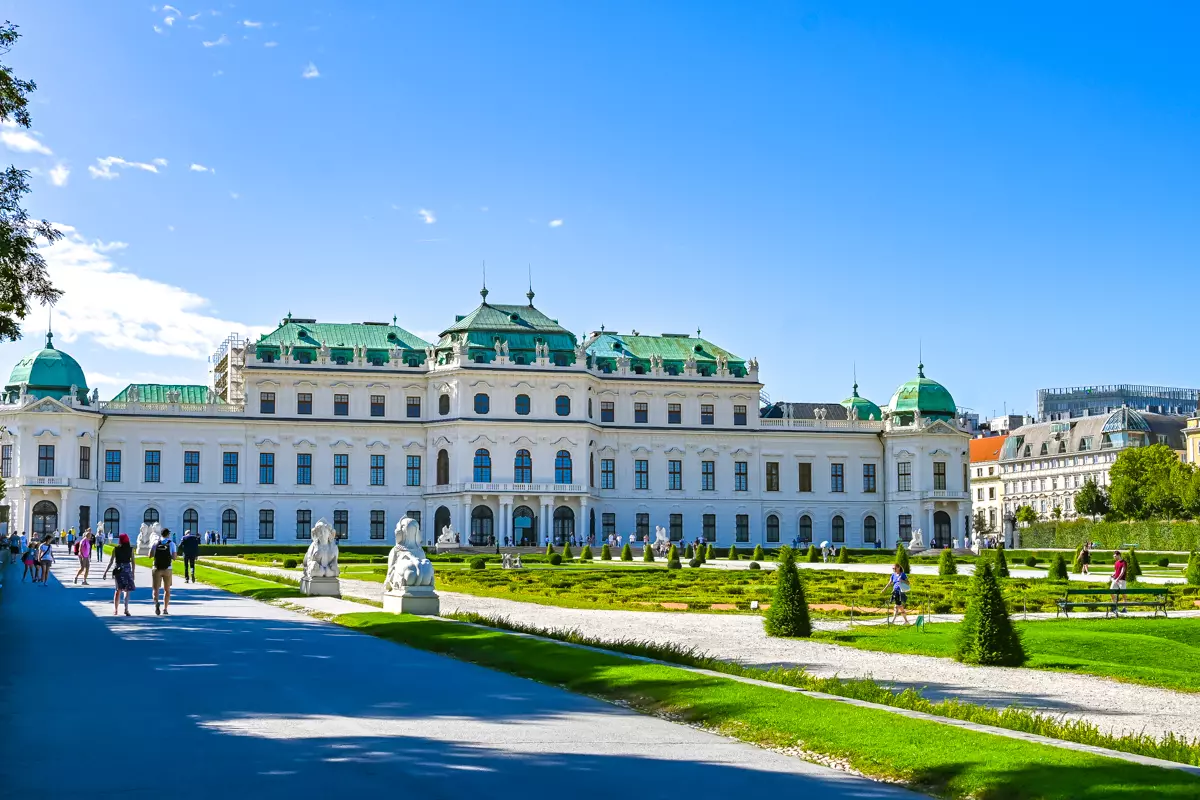Best Day Trips From Vienna By Train
Vienna is one of those cities where you can easily spend a few days or even a week, as it is full of palaces, museums, and other attractions. However, if you decide to stay in the city longer, it’s worth seeing what lies beyond Vienna, since Austria is very well connected by rail.
Traveling by train here is very convenient – frequent departures, comfortable carriages, and beautiful views from the window. In this guide, I’ll share the best day trips from Vienna by train that can add new experiences to your travels.
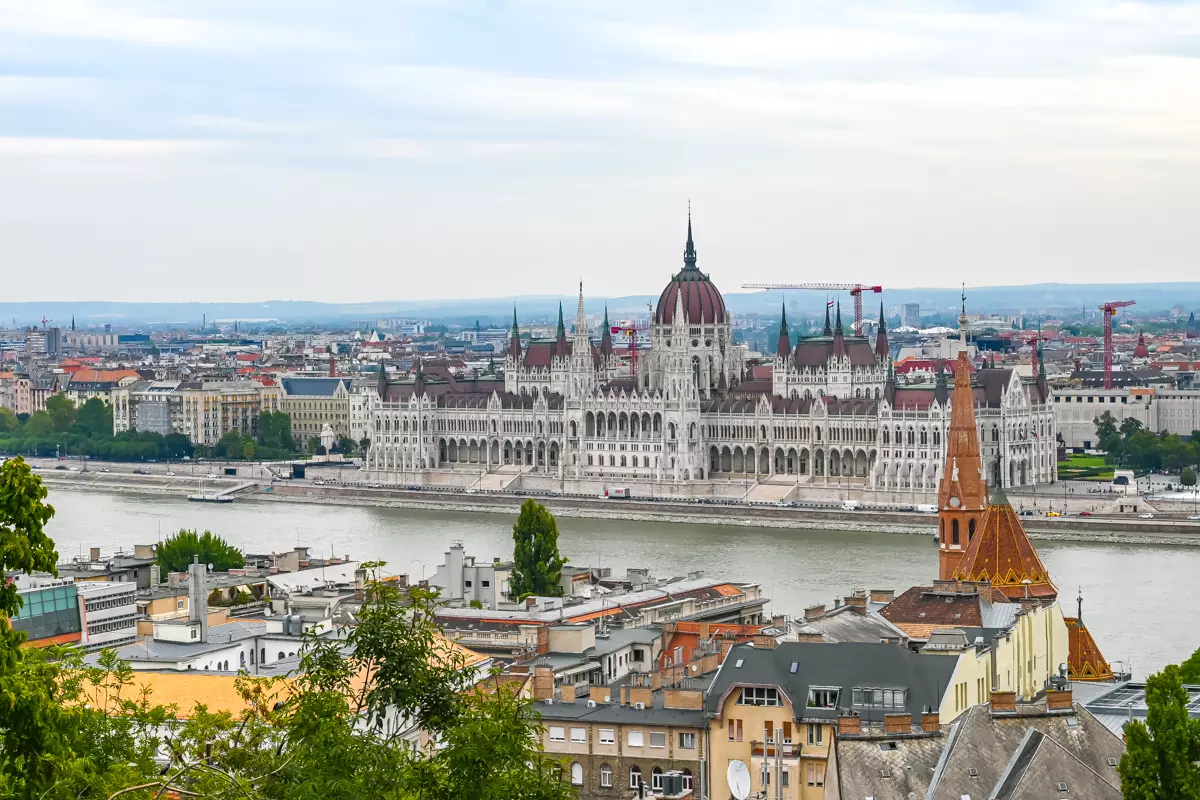
Day Trips From Vienna By Train
Bratislava
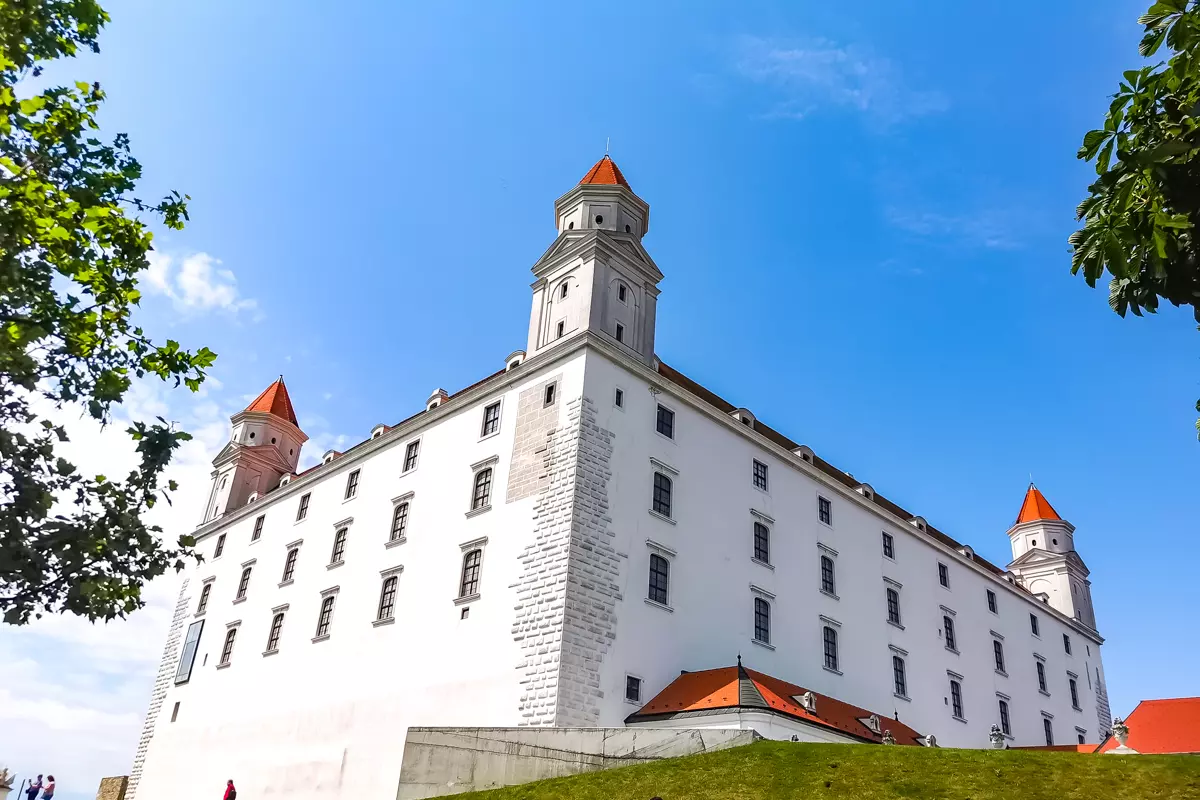
One of Vienna’s biggest advantages is the chance to reach another European capital in just one hour. Trains to Bratislava run frequently, departing every hour from Vienna Hauptbahnhof station. In addition, tickets are easy to buy online through the ÖBB website or directly at the station. The best option is a day ticket, which costs €18 for a round trip.
Bratislava, on the other hand, is smaller and quieter than Vienna. The Old Town has a unique atmosphere – colorful houses, narrow cobblestone alleys, baroque churches, and of course Bratislava Castle, which offers a view over the Danube and the city.
Best things to do in Bratislava:
- Bratislava Castle – the city’s main landmark with views over Slovakia, Austria, and even Hungary.
- Old Town – narrow lanes, cozy squares, colorful houses, and local cafes.
- Michael’s Gate – the only surviving medieval gate tower.
- UFO Observation Deck on the SNP Bridge – a modern city symbol with panoramic views.
- St. Martin’s Cathedral – a Gothic church where Hungarian kings were crowned.
- Primate’s Palace – an elegant neoclassical palace with the famous Bratislava Tapestries.
- Hviezdoslav Square – a wide pedestrian boulevard with fountains, sculptures, and the Slovak National Theatre.
- Hlavné námestie – the heart of the city with the old town hall, cafes, and street performers.
- The Watcher sculpture – one of the city’s quirkiest statues and a true Bratislava symbol.
I liked simply wandering the streets of Bratislava without a plan, stopping at a small cafe and trying Slovak dishes such as bryndzové halušky.
Useful tips:
- It’s best to go to Bratislava in the morning and plan to return in the evening. The last train back to Vienna from the Slovak capital leaves at 23:45.
- I really recommend getting the day ticket called the Bratislava-Ticket. It includes both the return train ride and free public transport in Bratislava.
- Another important thing to know is that trains in Bratislava arrive at Petržalka railway station, which is quite far from the Old Town. To get quickly to the castle and other sights, take bus 93, 80, or 94 and get off at the Zochova stop. This is the bus stop you should use from the train station.
- You can reach all the main sights in Bratislava on foot, and below I’ve added a walking map that you can use while exploring the city.
Click the map to see the day’s route on Google Maps.
Salzburg
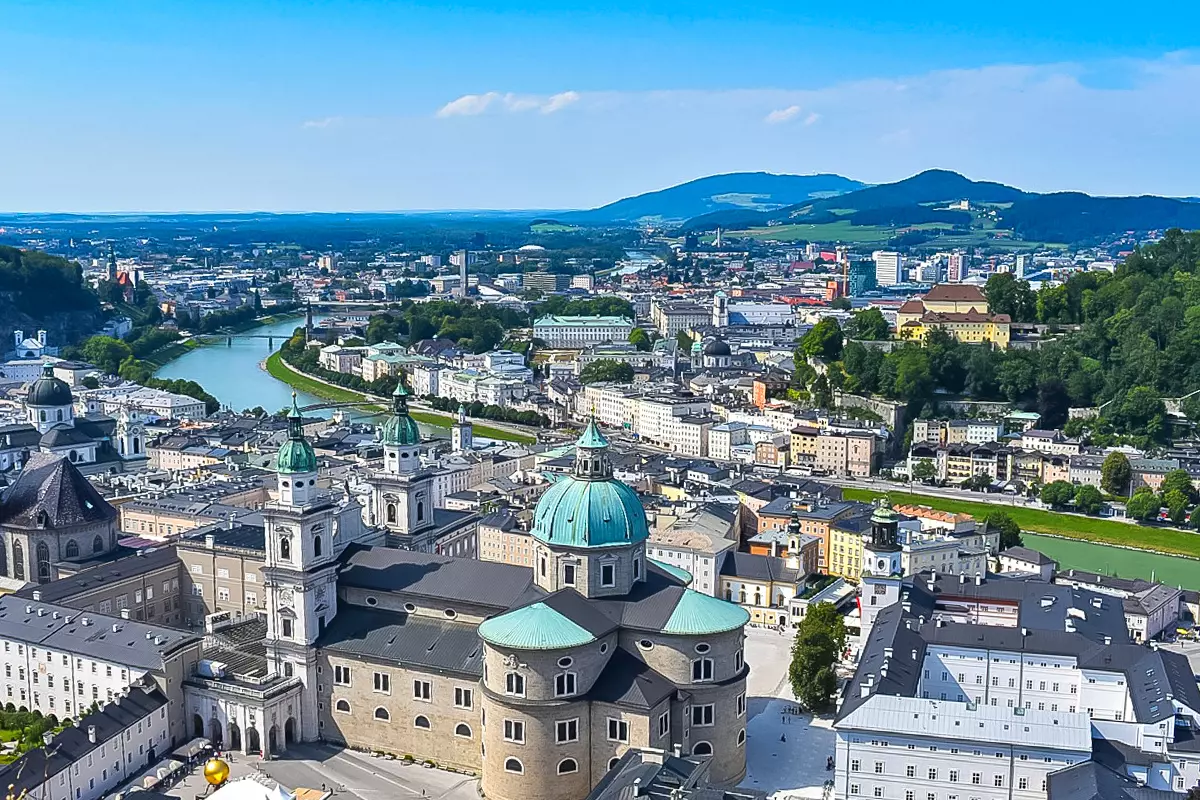
The journey from Vienna to Salzburg takes 2 hours 30 minutes to 3 hours on the high-speed Railjet train. They run about every half hour from Vienna Hauptbahnhof station. The easiest way to buy tickets is online through the ÖBB website.
Salzburg is one of the most beautiful cities in Austria, famous for its baroque Old Town, which is listed as a UNESCO World Heritage Site. Overlooking the city is the Hohensalzburg Fortress, offering an impressive panorama. Moreover, the city is closely associated with Wolfgang Amadeus Mozart. You can visit both his birthplace and his residence here, both of which have been turned into museums.
Best things to do in Salzburg:
- Altstadt Salzburg (Old Town) – the historic city center and a UNESCO World Heritage Site.
- Hohensalzburg Fortress – one of the largest surviving medieval castles in Europe and the city’s symbol on the hill.
- St. Peter’s Abbey – one of the oldest monasteries in Europe.
- Salzburg Cathedral – an impressive baroque church with a rich history.
- Salzburg Carillon – the famous 17th-century bell tower next to the New Residence.
- Getreidegasse Street – the heart of the Old Town, with unique shops and beautiful architecture.
- Mozart’s Birthplace – a museum introducing the life of the composer.
- Kapuzinerberg Hill – walking trails and viewpoints with some of the best views of the city.
- Mirabell Palace and Gardens – elegant baroque palace with some of Salzburg’s most beautiful parks and fountains.
Climbing up Kapuzinerberg Hill will no doubt be one of the most memorable experiences in Salzburg. Just a short walk from the busy streets, you’ll find peaceful greenery and views of the city’s towers with the Alps in the distance.
Useful tips:
- It’s best to leave Vienna around 7–8 a.m. so you can spend a full day in the city.
- If you plan to visit more attractions, it’s worth getting the Salzburg Card, which gives you free entry to museums and public transport.
- Trains back to Vienna run until late in the evening, with the last one departing at 11 p.m., so you can easily enjoy dinner in the city.
- Keep in mind that last-minute tickets to Salzburg cost €50–60 one way. To save money, buy Sparschiene tickets in advance for only €20–30.
- Salzburg is compact, and you can reach the main sights on foot. From the train station to the city center, you can take trolleybuses No. 1, 3, 5, or 6 and get off at the Mozartsteg stop. The ride takes about 10–15 minutes, or you can walk in roughly 25–30 minutes.
- It’s good to know that the paths and stairs leading from the Old Town up to the fortress are quite steep, and the climb takes about 15–20 minutes. If you’d rather not walk, you can take the funicular, which brings you up from Kapitelplatz to the castle in just few minutes.
Click the map to see the day’s route on Google Maps.
Melk
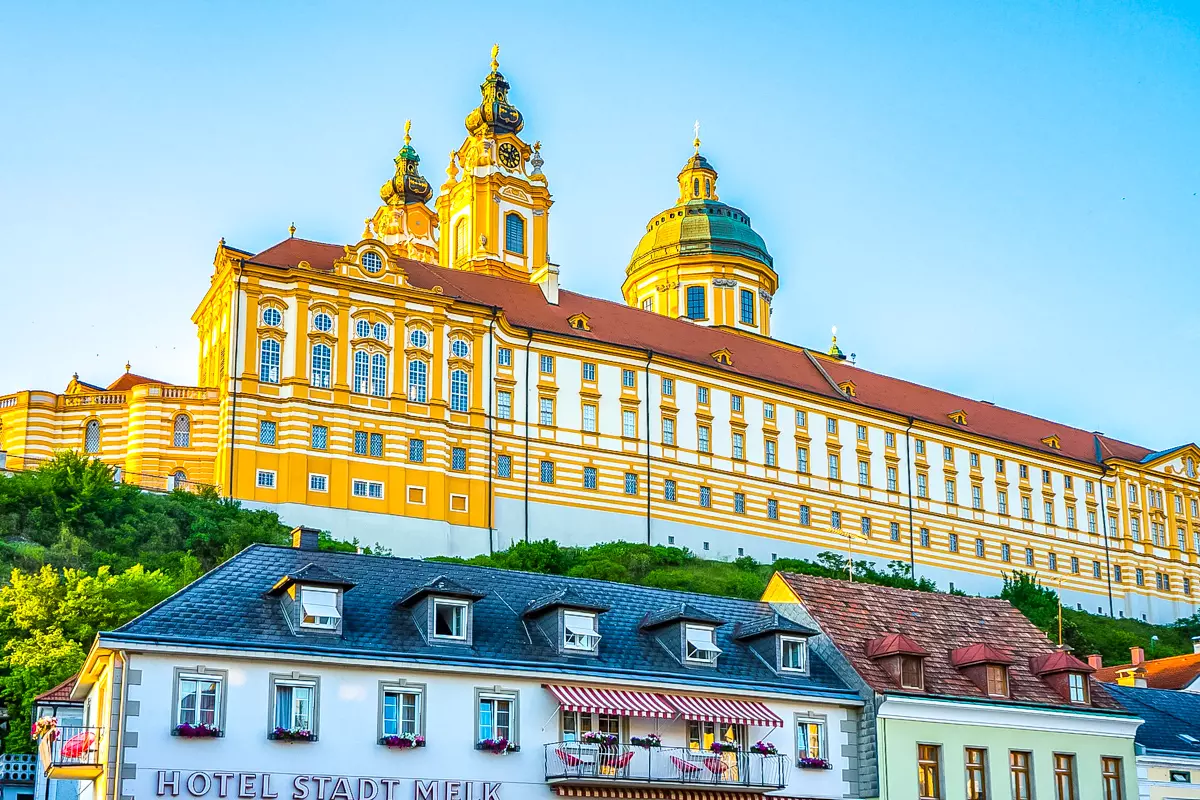
Another great day trip from Vienna by train is to Melk, just about 1 hour away. Trains depart from Vienna Westbahnhof and Hauptbahnhof, and a one-way ticket costs around €20–22. You can buy tickets online through the ÖBB website or directly at the station.
Melk is famous for its magnificent Benedictine Abbey, perched on a hill above the town and the Danube River. It is one of the most impressive baroque architectural landmarks in Austria, with a stunning library, richly decorated interiors, and a terrace overlooking the town and the river.
Best things to do in Melk:
- Melk Abbey – the town’s main attraction, renowned for its baroque architecture and library.
- Abbey Gardens – a peaceful walk with wonderful views of the Danube.
- Old Town streets – small shops, cafes, and local atmosphere.
- Danube riverside – a lovely stroll along the river, especially pleasant in the warmer months.
When you arrive in Melk, don’t just wander through the Old Town – also check out the small local shops where you can pick up colorful souvenirs. Melk is a tiny town, and you can see the main sights in just a couple of hours.
Useful tips:
- The Abbey is open to visitors daily, but it’s best to arrive early in the morning to avoid tour groups.
- Entry to the Abbey costs €16, which includes the museum, library, and gardens. Tickets must be bought on-site, as there is no option to buy them online.
- If you have more time, you can extend your day trip from Melk by taking a boat along the Danube to Krems or other towns in the Wachau Valley — tours are easy to book online.
Budapest
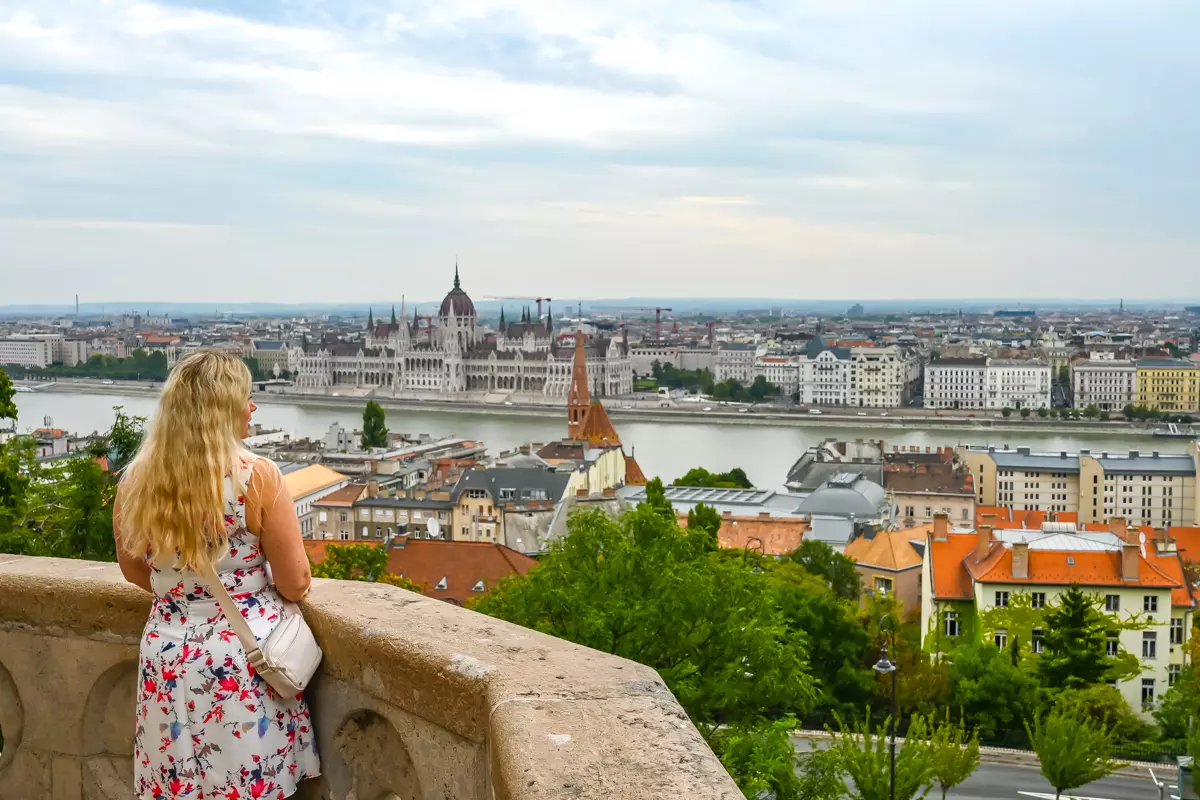
The journey from Vienna to Budapest takes about 2 hours 40 minutes to 3 hours, depending on the type of train. Direct trains depart every couple of hours from Vienna Hauptbahnhof. Tickets start at €14 one way if booked in advance online through the ÖBB website. The standard fare is usually around €25–30.
Budapest is one of the most impressive cities in Europe. The Danube divides it into two parts, Buda with its hills and castles, and Pest with elegant avenues and neoclassical buildings.
Best things to do in Budapest:
- Parliament Building – the iconic landmark on the banks of the Danube.
- Fisherman’s Bastion – a fairy-tale terrace with stunning views of the city.
- Matthias Church – a beautiful Gothic church in Buda beside Fisherman’s Bastion.
- Chain Bridge – the most famous bridge connecting Buda and Pest.
- Vaci Street – a lively pedestrian street in Pest, lined with shops and cafes.
- Thermal Baths – Budapest’s famous hot springs and spa culture.
- St. Stephen’s Basilica – the largest church in Budapest with a panoramic dome terrace.
- Central Market Hall – a vibrant market with Hungarian food, paprika, and souvenirs.
- Dohany Street Synagogue – the largest synagogue in Europe, with a poignant Holocaust memorial.
- Hungarian National Museum – a grand museum showcasing Hungary’s history and cultural heritage.
Walking around Buda Castle was the highlight of my trip. Moreover, the views of Pest were breathtaking, and I couldn’t stop admiring the beautiful Matthias Church.
Useful tips:
- Leave Vienna as early as possible so you can spend at least 6–8 hours in Budapest.
- Note that trains from Vienna arrive at Budapest Keleti station, from where you can easily reach the city center by taking metro lines M2 or M4 to Deák Ferenc tér. To continue to Buda Castle, take bus 16, or 216 up the hill. These buses stop right in the Castle District.
- If you don’t have much time, focus on Buda Castle Hill – it will give you the best impression of the city in a short visit.
- The last train from Budapest to Vienna departs at 20:55, so plan your time accordingly to avoid missing it.
Click the map to see the day’s route on Google Maps.
Also read: 24 Hours In Budapest – What To See & Do In One Day
Laxenburg
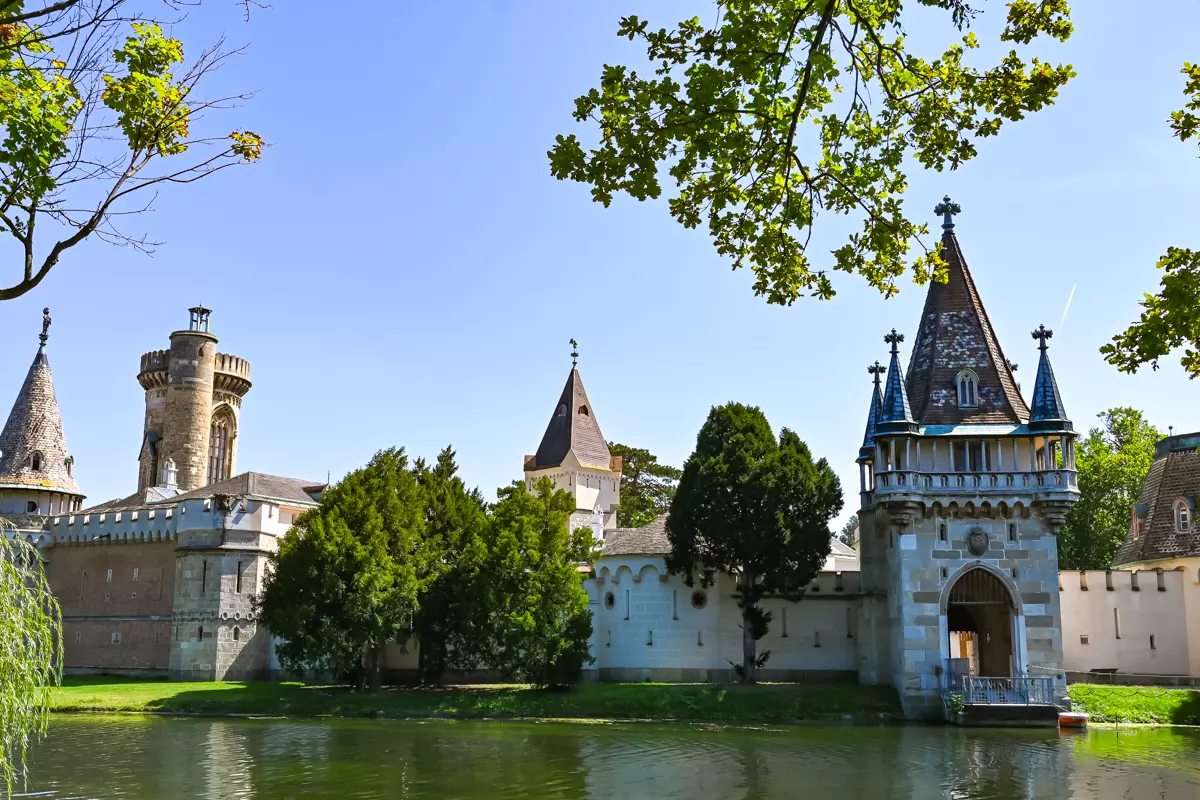
The trip from Vienna to Laxenburg is extremely easy, and I think it’s one of the best day trips from the city for those who don’t want to spend much time on a train. Direct trains (R95) to the town of Laxenburg depart every 60 minutes from Vienna Hauptbahnhof, and the journey takes just 20 minutes. A one-way ticket costs €5.30.
In fact, Laxenburg is best known for its castle park, which was once the Habsburg dynasty’s summer residence. Here you’ll find an artificial island with a castle, as well as vast green spaces for walking or boating on the lake. Moreover, you can ride the small panorama train around the park or take a guided tour of Franzensburg Castle.
Best things to do in Laxenburg:
- Laxenburg Castle Park – a large area with ponds, walking paths, and historic buildings.
- Franzensburg Castle – a neo-Gothic castle on an island, accessible by boat.
- Park Lake – rent a boat or simply enjoy the peace and quiet.
- Laxenburg Town Hall – an ornate 19th-century building in the town center.
- Laxenburg Church – a historic religious building with Gothic and Baroque elements.
Of course, what I enjoyed the most was the castle itself – reaching it by the quirky ferry across the lake felt like a small adventure, and the castle with its towers and neo-Gothic details looked straight out of a fairytale.
Useful tips:
- The park is very large – plan at least a few hours for walking around.
- It’s best to come here during the warmer months, when the boat rental is open.
- Laxenburg Palace Park is open daily from 7:00 a.m. to 7:30 p.m., and tickets can be purchased online or on-site.
Click the map to see the day’s route on Google Maps.
Eisenstadt
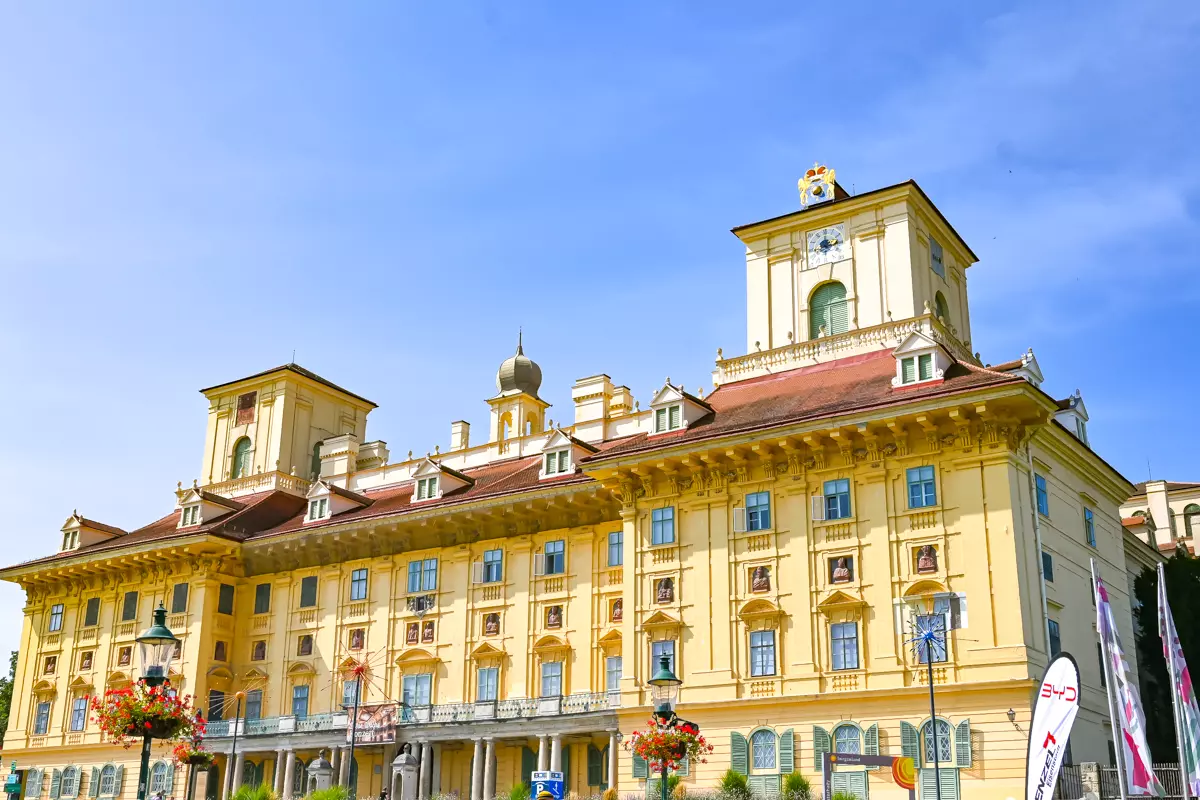
The train journey from Vienna to Eisenstadt takes about 1 hour 15 minutes. As with other destinations, trains to Eisenstadt depart from Vienna’s main station, Hauptbahnhof. A one-way ticket costs between €14 and €17.
Eisenstadt is the capital of the Burgenland region, famous for its musical heritage – composer Joseph Haydn lived here for many years. The town is not large, but it has a cozy Austrian atmosphere, and its main sights are connected with the Habsburgs and Haydn.
Best things to do in Eisenstadt:
- Esterházy Palace – luxurious Habsburg-era palace with an impressive concert hall.
- Haydn House – a museum dedicated to the composer’s life and work.
- Bergkirche – the atmospheric church featuring Haydn’s Mausoleum.
- Old Town – charming squares, cafes, and shops with the local Burgenland vibe.
I found Eisenstadt to be small but full of charm. Unfortunately, I couldn’t stay longer because the town has a warmth that makes you want to slow down and simply enjoy it.
Useful tips:
- The town is small, so you can easily reach the main attractions on foot.
- Admission to Esterházy Palace is €19, and you can purchase tickets online in advance.
- Eisenstadt is especially worth visiting on weekends, when concerts or cultural events take place.
Click the map to see the day’s route on Google Maps.
Brno
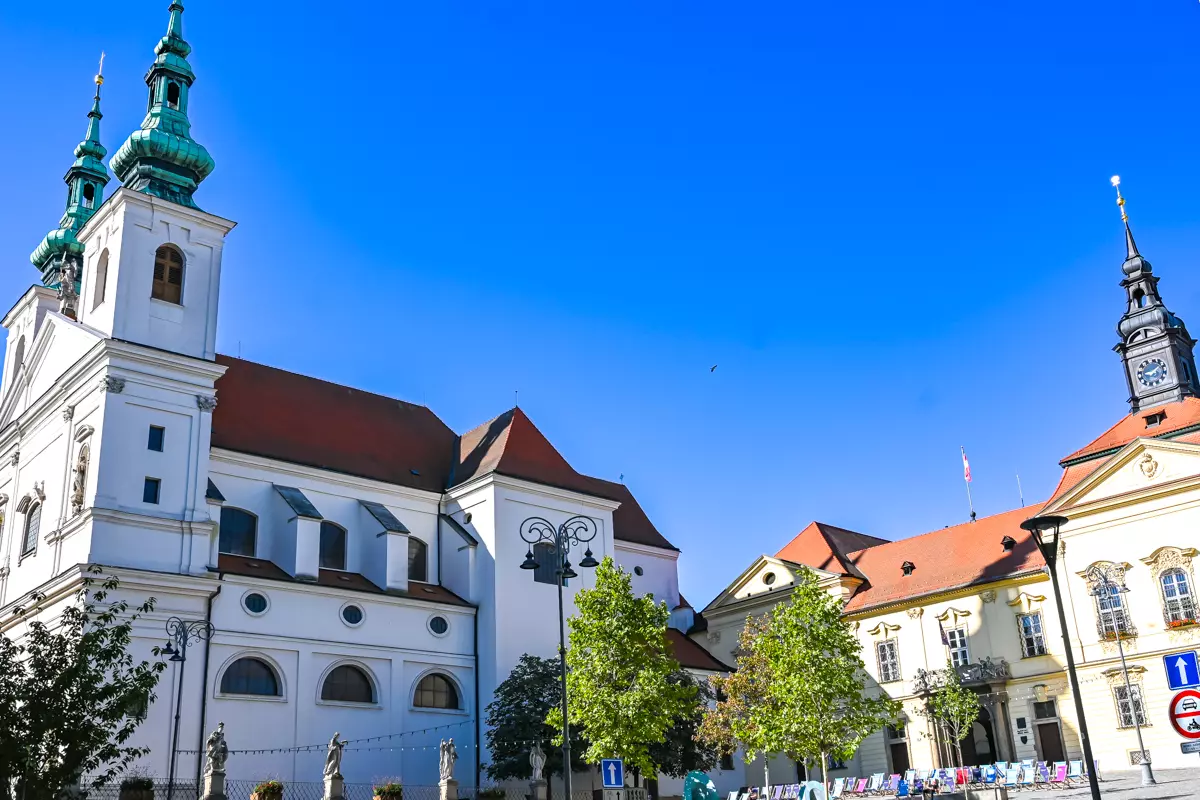
Another great day trip from Vienna by train is Brno, especially if you want to visit more than one country in a single journey. The train ride from Vienna to Brno takes about 1 hour 30 minutes. Direct connections depart from Vienna Hauptbahnhof every few hours, and it’s best to buy tickets from the RegioJet operator, as prices start at just €9.90 one way.
Brno is the second-largest city in the Czech Republic, often called the country’s cultural and student capital. The city has a lively atmosphere, a historic Old Town, and plenty of modern cultural spaces.
Best things to do in Brno:
- Špilberk Castle – a medieval fortress that long served as a prison, now a museum with panoramic views of the city.
- Cathhedral of St. Peter and Paul – the city’s iconic church on Petrov Hill.
- Capuchin Monastery & Crypt – an underground crypt where mummified monks and notable citizens are laid to rest.
- Moravian Museum – one of Moravia’s largest museums, showcasing history, nature, and art.
- Zelný trh – a historic square where fruit, vegetables, and flowers have been traded since the Middle Ages.
- Labyrint pod Zelným trhem – tunnels and cellars beneath the market square, now open for guided tours.
- Brno Dragon – the preserved crocodile, known in legend as the dragon, hanging in the Old Town Hall.
- Freedom Square – the central hub of Brno with lively atmosphere and modern city life.
Overall, Brno is lively but not overcrowded with tourists, so I really enjoyed immersing myself in the local atmosphere. Tasting Moravian wine here was an unexpected highlight of my visit.
Useful tips:
- The trains are comfortable and fast, making Brno perfect for a one-day visit.
- Local food is cheaper than in Vienna – try Czech classics such as guláš or svíčková.
- You can return to Vienna until late in the evening, so there’s no need to rush. The last train from Brno to the Austrian capital departs at 18:48.
Click the map to see the day’s route on Google Maps.
Why Hallstatt Is Not On The List
You’ve probably already asked yourself why Hallstatt isn’t mentioned among the best day trips from Vienna. It is, in fact, one of the most beautiful and most photographed villages in the country, set by a lake and surrounded by mountains. But there’s one reason why I didn’t include Hallstatt in this list – in my opinion, it’s too far for a day trip from Vienna.
Just imagine – the train journey takes about 3.5–4 hours one way (usually with a transfer), and tickets cost more than for most other destinations. Moreover, from Hallstatt train station you need to cross the lake by ferry to reach the village. This means you’d spend 8–9 hours on the road and only have a few left in Hallstatt.
I truly believe Hallstatt is worth visiting, but rather as a two-day trip with an overnight stay, or as part of a longer journey through Austria. In this way, you can fully enjoy the place – stroll through the village, visit the salt mines, go up to the viewpoint, and simply sit peacefully by the lake.
However, if you still decide to go on a day trip, the most practical solution is to join an organized tour. This way you avoid the complicated train and ferry connections, and it often costs less too.
How To Choose The Right Destination
When you first start planning day trips from Vienna, the number of options can feel overwhelming. Therefore, I suggest starting by thinking carefully about what you really want.
If you only have half a day, or don’t want to spend too much time on trains and, in that case, are looking for a calmer atmosphere, choose Bratislava, Laxenburg, or Eisenstadt.
On the other hand, if you want more culture and history, the best options are Salzburg, Melk, Budapest, or Brno. These are classic destinations with palaces, churches, monasteries, and old towns where you can feel the history of different eras.
Ultimately, there’s no single right choice – the most important thing is that the destination matches your mood. One day you might want a quiet walk in a small town, while the next day you might crave the buzz of a bigger city. That’s exactly what makes Vienna such a convenient starting point for all kinds of trips.
FAQs About Day Trips From Vienna By Train
The most popular destinations are Bratislava, Salzburg, Melk, Budapest, Eisenstadt, Laxenburg, and Brno. They are all easily accessible by train, and each offers a different kind of experience.
Prices range from €5 (e.g., to Laxenburg) to €25–50 (e.g., to Budapest or Salzburg). If you buy tickets in advance online, you can often find cheaper Sparschiene deals.
Yes, because the journey takes just 1 hour. There is a special Bratislava-Ticket for around €18, which includes a round-trip train journey and public transport in Bratislava.
For nature lovers, Laxenburg is the best choice — its vast park and peaceful lake make it perfect for a relaxing escape into nature. Additionally, Melk is also a lovely option, especially if you enjoy historic gardens and scenic views of the Danube.
In that case, it’s best to choose closer places such as Bratislava, Laxenburg, or Eisenstadt. You can reach them quickly, and a few hours are enough to see the main sights.
Book your flight
For the best flight deals, I always rely on Skyscanner. Features like Multi-city and Explore Everywhere help me uncover incredible travel opportunities.
Rent a car
Discovercars is my top choice for comparing car rental prices for any road trip around the world. The booking experience is always smooth and easy.
Travel insurance
SafetyWing provides affordable travel medical insurance with global coverage, perfect for digital nomads and long-term travelers.
Book Tours & Attractions
Experiencing a destination to the fullest is easier with a well-planned itinerary. I use GetYourGuide for guided tours and Tiqets for quick access to museum and amusement park tickets.
Protect yourself online by VPN
No matter where I go, I always use NordVPN for secure browsing and to ensure I can access websites that might be blocked in certain countries.
Disclosure: I only suggest companies that I personally rely on. If you use the affiliate links in my posts to book services, I’ll earn a small commission, with no extra cost to you.
Have you tried any day trips from Vienna by train? Share your experience in the comments!
Share on

Hi, I’m Evelina, a travel enthusiast who loves nature, peace, and authentic places. I cherish the freedom to explore and learn with each adventure, whether it’s hiking trails, stunning beaches, natural parks, unique architecture, or rich cultural heritage. I hope my experiences inspire you to embark on your own journeys!
